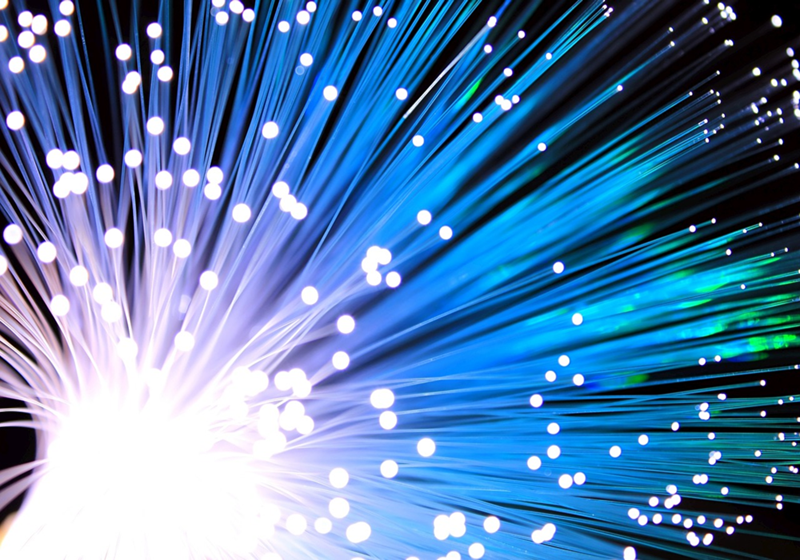[[data.name.value]]
[[metadata.defaultData.name]]
[[data.title.value]],
[[metadata.defaultData.title]],
[[data.company.value]]
[[metadata.defaultData.company]]

Can PMMA Fiber Optic Cables Improve Energy Efficiency in Lighting?
Lighting plays a crucial role in various environments, from residential spaces to commercial establishments. Traditional lighting systems, though effective, often consume significant amounts of energy. In recent years, PMMA (Polymethyl Methacrylate) fiber optic cables have emerged as a potential solution for enhancing energy efficiency in lighting systems. This article explores the benefits of using PMMA fiber optic cables for lighting and examines their impact on energy consumption.

Advantages of PMMA Fiber Optic Cables
Energy Efficiency
One of the primary benefits of PMMA fiber optic cables is their ability to improve energy efficiency. Traditional lighting systems often lose a significant amount of energy in the form of heat. In contrast, PMMA cables transmit light with minimal energy loss, reducing the overall energy consumption of the lighting system. This efficiency can lead to lower electricity bills and a reduced carbon footprint.
Versatile Lighting Applications
PMMA fiber optic cables can be used in a wide range of lighting applications. They are suitable for architectural lighting, decorative lighting, and even in areas where traditional lighting is challenging to install. Their flexibility and durability allow for creative and functional lighting designs, providing effective illumination in various settings.
Reduced Heat Emission
Traditional light bulbs and fixtures often emit a considerable amount of heat, which can affect the ambient temperature and increase cooling costs. PMMA fiber optic cables, however, emit very little heat. This characteristic makes them ideal for environments where temperature control is essential, such as museums, galleries, and retail spaces.
Better Light Distribution
Uniform Illumination
PMMA fiber optic cables provide uniform light distribution, ensuring that all areas receive consistent illumination. This uniformity can enhance the visual appeal of a space and improve the overall lighting quality. In contrast, traditional lighting systems can create uneven lighting, with some areas being overly bright while others remain dim.
Customizable Lighting Designs
The flexibility of PMMA fiber optic cables allows for customizable lighting designs. These cables can be bent and shaped to fit various configurations, enabling innovative lighting solutions. Whether used for accent lighting, task lighting, or ambient lighting, PMMA fiber optic cables can be adapted to meet specific requirements.
Cost-Effectiveness
Lower Maintenance Costs
PMMA fiber optic cables are known for their durability and long lifespan. They require less frequent replacement and maintenance compared to traditional lighting systems. This longevity can result in significant cost savings over time, making them a cost-effective lighting solution.
Initial Investment vs. Long-Term Savings
While the initial cost of installing PMMA fiber optic cables may be higher than traditional lighting systems, the long-term savings in energy and maintenance costs can offset this initial investment. Over time, the reduced energy consumption and lower maintenance requirements can lead to substantial financial benefits.
Conclusion
PMMA fiber optic cables offer several advantages that can significantly improve the energy efficiency of lighting systems. Their ability to transmit light with minimal energy loss, combined with their versatility, safety, and cost-effectiveness, makes them an attractive option for various lighting applications.